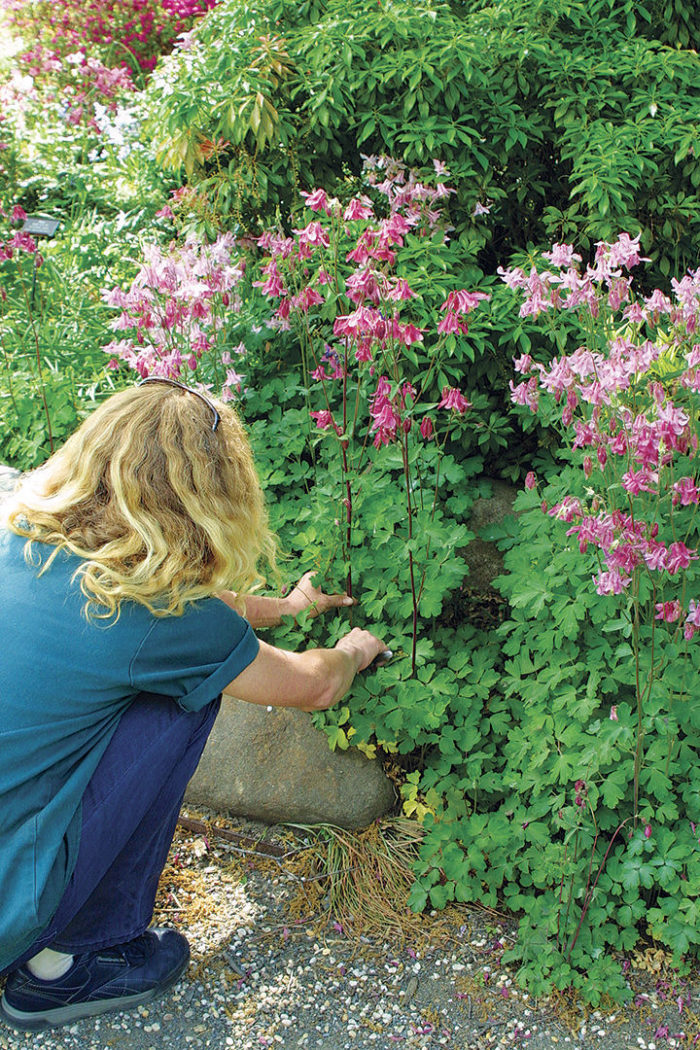
We often describe a place that’s untended as “going to seed.” Letting things go to seed, however, can also mean filling the garden with flowers grown from the seeds of existing plants. The arrival of new life from such an unlikely source reveals part of the magic of the plant world. And while planting seeds in trays has proven to be a reliable and common way to propagate your own plants, many of us lack the time and space needed for this activity. Letting plants go to seed and cultivating their offspring in the garden is a less time-consuming way to take advantage of nature’s bounty.
This approach offers adventurous gardeners many benefits. Plants that self-sow often provide design effects that even the most carefully laid plans fail to achieve. Volunteers grow in graceful drifts or as fanciful beacons throughout the garden, creating unexpected and pleasing combinations. Allowing a few species to spread themselves across the garden can unify a design and help solve the problem of “drifts of one.” Letting nature take its course just might yield a surprising new plant color or form.
Related article: 20 Garden-Worthy Self-Sowers
Self-sown seedlings are also a simple way to add structure to the border. Architectural plants like hollyhocks (Alcea spp. and cvs.) can create bold effects quickly without costly investment. It is no coincidence that many of the best-loved cottage flowers are reliable self-sowers that are neither expensive nor difficult to grow. Hollyhocks, foxgloves (Digitalis purpurea and cvs.), and columbines (Aquilegia spp. and cvs.) are all vigorous seeders, requiring only the guiding hand of the gardener to keep them in bounds.
Learn to spot the keepers

One of the first steps toward filling the garden with volunteer plants is learning to recognize young seedlings and not weeding out potentially desirable plants. I remember once failing to recognize the beautiful annual snow on the mountain (Euphorbia marginata) and removing almost all of it from my beds before thinking to leave a few plants to see what they were. Of course, if hundreds of unknown seedlings suddenly appear, it is probably better just to save a small patch than to be overwhelmed by a truly undesirable weed later on.
It’s out of print, but Park’s Success with Seeds by Ann Reilly is a useful reference when trying to discern valuable seedlings from ill-favored ones. As helpful as reference books can be, however, I’ve found that the knowledge gained through experience and patience can be more beneficial. Knowing the history of the garden and what has been planted in the past will help you identify volunteers. Patience and observation are needed as you wait for an unknown plant to become large enough to recognize. Over time, your efforts will be rewarded as you recognize more and more types of seedlings.
Move misplaced seedlings
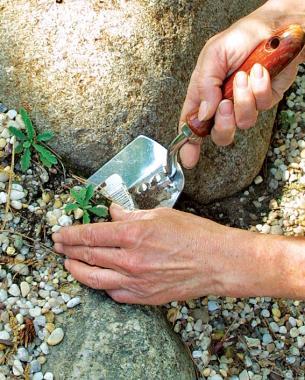
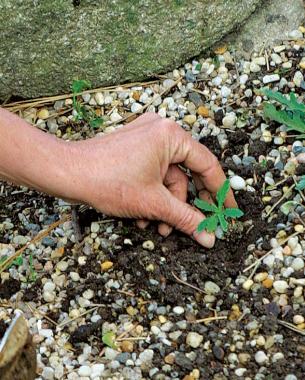
Even the most reliable self-sowers benefit from a helping hand. Sometimes, new plants pop up exactly where needed. Other times, they are in a wrong place—too close to a path or overwhelming a more delicate plant. Transplanting helps avoid overly thick clumps of plants and fills gaps left open by spring ephemerals or perennial latecomers.
Transplanting is best done as early as possible because seedlings bounce back better than more-established plants. As you dig up the seedlings, take care to minimize any root disturbance. And as you put the seedlings into their new spot, immediately water them in (even if the soil is already moist) to settle the soil back around the roots.
Encourage unusual forms
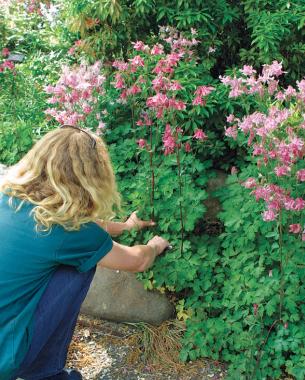
As many gardeners know, variability is one of the features of open-pollinated seedlings, which means the resulting plants can look different than their parents. This variability can lead to disappointment when a double-flower petal trait is lost or an unusual color reverts to that of its plainer parent. But just as often, variability can lead to pleasant surprises. In fact, many cultivated varieties originated as spontaneous accidents.
To increase the possibility of positive results, allow only the plants with desirable features to go to seed, removing the seed heads from all other varieties. While plants will still be variable, this type of selection will, when done over time, boost the population of plants with preferred characteristics. For instance, I have a white balloon flower (Platycodon grandiflorus f. albus) that produced a seedling with beautiful snowy flowers streaked with dark purple. Although I had intended to collect seed from this plant, I forgot to mark it and was unable to distinguish it from its more pedestrian neighbors. For this reason, I recommend marking plants with appealing features using a stake or string to keep track of the seeds you want to cultivate.
Manage prolific sowers
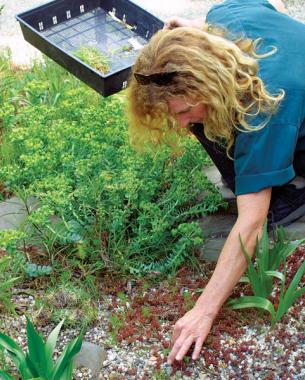
Controlling plants that self-seed can be much easier than controlling plants that spread vegetatively underground. Digging up plants that spread aggressively by rhizomes can be difficult; they tend to poke up in the middle of other plants and resist efforts to remove the entire rhizome. To control plants that spread by seed, however, you only need to weed or thin out young seedlings and remove the flowers before any seeds ripen.
When I first planted the delicate orange Atlas poppy (Papaver atlanticum), I made sure every pod ripened, then I hand-spread the seed around the garden. I quickly learned the next season that the plant spreads abundantly on its own, so now I remove all but a few seedpods each year.
Plants sometimes seed so quickly and profusely that they become troublesome and should be removed altogether. As always, before introducing any plant into the garden, check to see if the plant is invasive in wild areas of your region. Cooperative extension services or botanical gardens in some states offer lists of regionally invasive plants.
Growing self-sowers is always a gamble: Seed variability can lead to a disagreeable color, or a species will grow abundantly one year but not the next. Yet the rewards outweigh the disappointments. Self-sowers are economical and breathe new life into designs. Once you can identify and cultivate worthy seedlings, you’ll discover an amazing array of garden treasures.


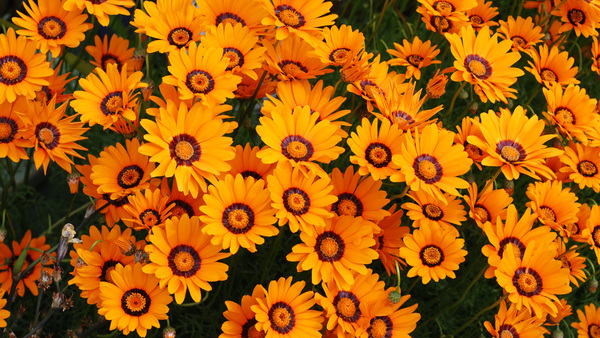

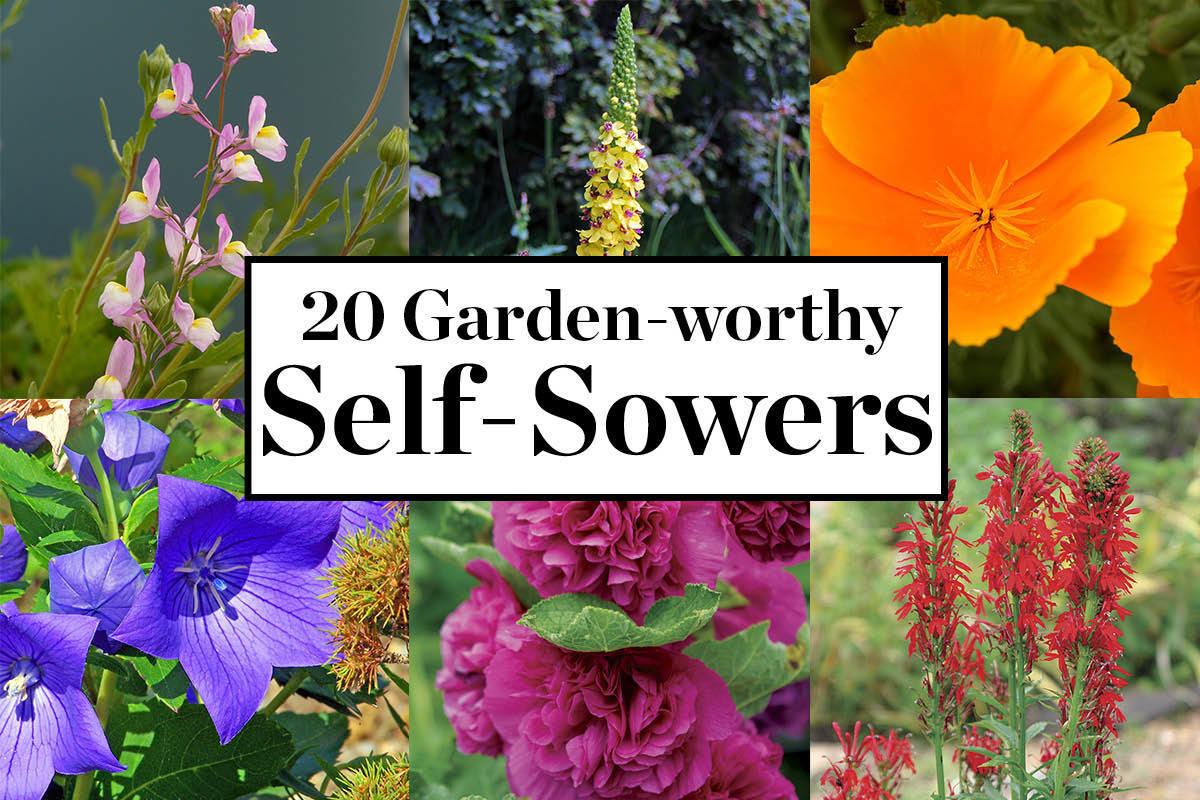












Comments
Log in or create an account to post a comment.
Sign up Log in